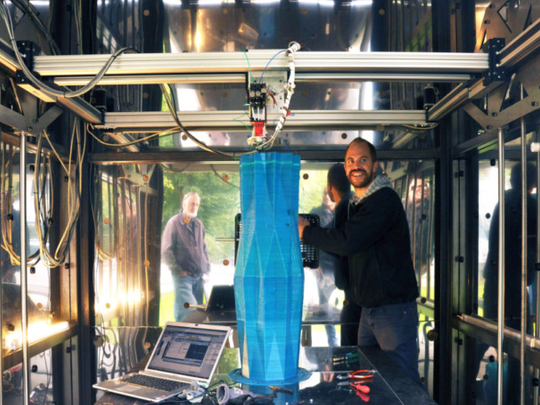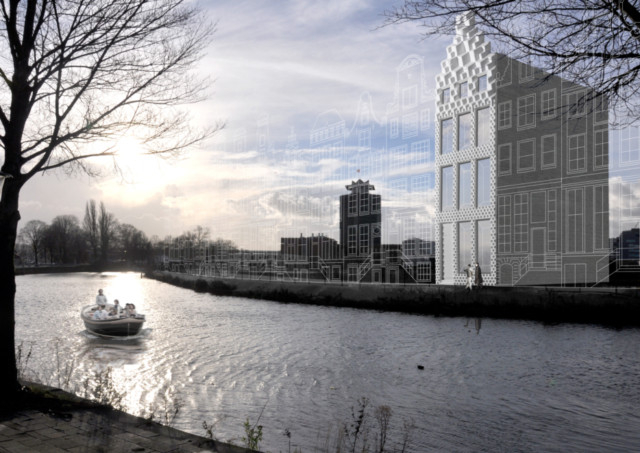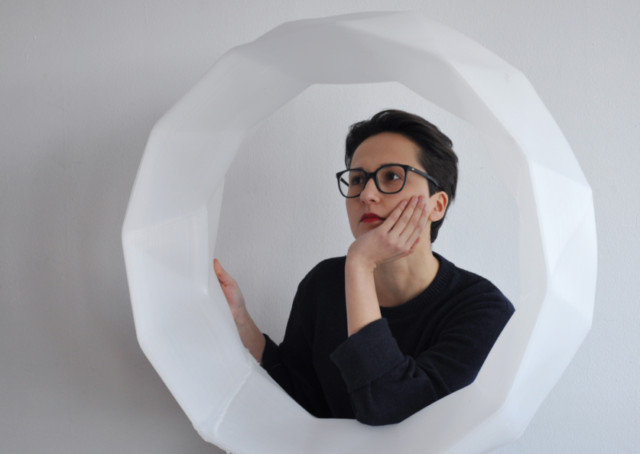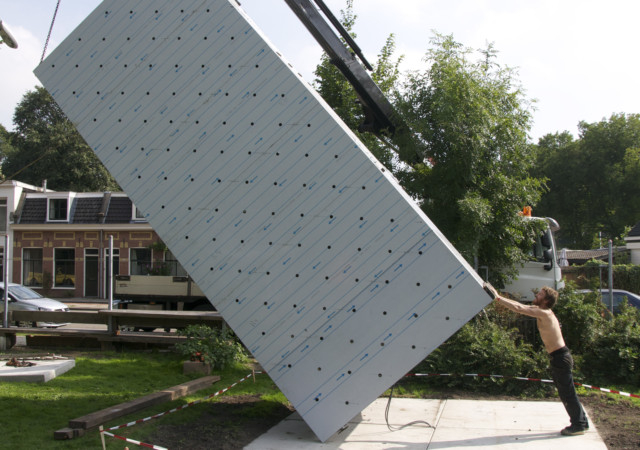
Printing walls, windows and floors might seem a bit far-fetched to most people. However, Amsterdam-based DUS Architects has spent thought, time and money in developing its own 3D printer, which will do exactly that — print a home.
“By the end of the year, the KamerMaker [translates as room builder] will print the entire facade (5m x 15m) of a home and the first room with a floor area of about 30 square metres,” says Hedwig Heinsman, partner at DUS.
“It is a growing house. The width might seem narrow, but it is normal by Dutch standards. The entire project will take three years.”
The idea came about two years ago when the Dutch Ministry of Foreign Affairs invited the firm to participate in a competition: an interior proposal for a UN building in New York. The practice was asked to collaborate with product designers and artists.
“The focus was on the interaction, design, 3D and new technologies,” says Heinsman.
“Our practice has always worked on two very different scales. While we work on very large projects, we also enjoy working on smaller structures or temporary installations in public spaces, and have made a name for ourselves in the latter area.
“We did not win the competition, but it marked the beginning of a new way of thinking: how architects could relate to the new digital industrial revolution and maker technologies.”
Supersize it
The firm met with Ultimaker, a Dutch company that is one of the world leaders in DIY 3D small printer kits and one of the partners on this project. “Their small printer kits cost €1,200 (about Dh5,727) and one can assemble them and use them to print different everyday objects. We asked them if we could build a very large Ultimaker, so we could scale it up and have a travelling pavilion with a big printer, which could print on demand. They agreed,” says Heinsman.
This resulted in the KamerMaker.
Today, the other main partners on the project include PerMinuteDesign, Fablab Protospace, Fiction Factory and Xtrution, she adds.
“Last year, we made test objects on a scale of 1:1, with the printer-like window frames. The technology keeps getting updated and we now have our own extruder machine with a large printhead, which can print the kind of materials that we think can be utilised in a project. Today, we are printing the entire house skin on a scale of 1:20.”
At the moment, DUS has opted to focus on printing fixed objects such as the walls, floors and ceilings. “We are looking at the facade and interior. While we cannot print an entire house at once, we can print the elements, which are interlocking and made of polypropylene; on the small printer we print bio-plastic.
“In future our aim is to have our own recycling centre where people will bring their old plastic, recycle on the spot and print. It is far-fetched and requires other machinery to support the idea. But it is possible,” says Heinsman.
So, can the printer work in other ways? “Yes. It can be used to make furniture design as well as to create made-to-measure interiors. You can also print moulds, which can be used to pour concrete and create ornamental cement.”
She sees immense possibilities in the future of this project. Asked if the printer could be used in the UAE, she says: “There is a prototype company, which has worked with sand and another one that has worked with ceramic.”
But how would the current printed materials weather conditions? “Normally in the construction sector, testing is behind closed doors where products are certified and then used in a project. This project intends to find this out by developing and testing on site. It is moving forward on crowdfunding but has also got funds from two Dutch partners who kick-started the project,” she says.
Moving ahead
“In a month, we can announce further details of our negotiations with a big financial sponsor. But at this point in time, it is very difficult to calculate the entire cost of building such a home.”
The idea, however, has spread like wildfire. The practice has decided to use a shipping container to house their work. “It is portable. This means that these printers can be shipped to buyers anywhere and can locally print the elements,” she says.
“We have received expression of interest from contractors, the hotel industry and medical professionals. Again, science partners who were sceptical about us two years ago now want to partner on the project.
“At present, due to local demand, we are developing several new versions of the printer in the Netherlands. But we are also fascinated by the thought of local partners around the globe. There are communities of people working with large printers around the globe who exchange information and the knowledge grows.
“While there are few players, we foresee that the KamerMaker community will grow and end up being a community of its own,” says Heinsman.







